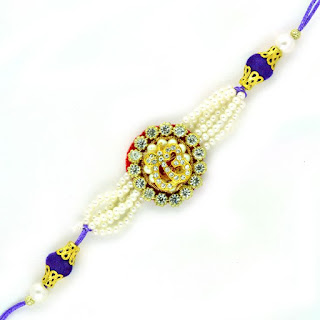Deepavali is known as "Tihar" or "Swanti". It is celebrated over the same five day period concurrent with Deepavali in India. The traditions vary from those followed in India. On the first day (Kaag tihar), crows are given offerings, considering them to be divine messengers. On the second day (Kukur tihar), dogs are given food for their honesty.
After Kaag and Kukur Tihar, Gai Tihar and Goru Tihar is celebrated on the third day, where cow and ox are decorated and fed.[69] Also on the third day, Laxmi puja is performed. This is the last day of the year according to Nepal Sambat, so many of the businessmen clear their accounts on this day and on finishing it, worship goddess Laxmi, the goddess of wealth.
Days before the Laxmi puja, houses are cleaned and decorated; on the day of Laxmi puja, oil lamps are lit near doors and windows. The fourth day is celebrated as new year. Cultural processions and other celebrations are observed in this day.
The Newars celebrate it as "Mha Puja", a special ritual in which the body is worshipped to keep it fit and healthy for the year ahead on this day. On the fifth and final day called "Bhai Tika", brothers and sisters meet, garland each other, pray for the other's well being, mark the other's forehead with Tika. The brothers give gifts to their sisters, and sisters feed their brothers.
In Nepal, family gathering is more significant during Tihar. People in the community play "Deusi and Bhailo" which is a kind of singing and dancing forming a group. People go to all the houses in the community and play songs and dance, and give blessings to the visited house, whereas the home owner gives gifts like rice, SelRoti, fruits and money.
After the festival, people donate some part of the collected money and food to the charity or welfare groups and with the rest of the money and food, they go for a picnic. People also play swing called Dore Ping made out of thick ropes and Pirke Ping or Rangate Ping made out of wood.
Among Nepali people, after Lakshmi Puja, young girls assemble in a groups four to ten members in a group on Diwali. And they sing/dance and play Bhailo in each and every village one by one.The head of the family, of each house they visit, gives them dakshani as a token of gift. They play till Bhaitika (Bhaiduj).Similarly boys play Deusi. Diwali is rejoicingly celebrated during these days.
After Kaag and Kukur Tihar, Gai Tihar and Goru Tihar is celebrated on the third day, where cow and ox are decorated and fed.[69] Also on the third day, Laxmi puja is performed. This is the last day of the year according to Nepal Sambat, so many of the businessmen clear their accounts on this day and on finishing it, worship goddess Laxmi, the goddess of wealth.
Days before the Laxmi puja, houses are cleaned and decorated; on the day of Laxmi puja, oil lamps are lit near doors and windows. The fourth day is celebrated as new year. Cultural processions and other celebrations are observed in this day.
The Newars celebrate it as "Mha Puja", a special ritual in which the body is worshipped to keep it fit and healthy for the year ahead on this day. On the fifth and final day called "Bhai Tika", brothers and sisters meet, garland each other, pray for the other's well being, mark the other's forehead with Tika. The brothers give gifts to their sisters, and sisters feed their brothers.
In Nepal, family gathering is more significant during Tihar. People in the community play "Deusi and Bhailo" which is a kind of singing and dancing forming a group. People go to all the houses in the community and play songs and dance, and give blessings to the visited house, whereas the home owner gives gifts like rice, SelRoti, fruits and money.
Among Nepali people, after Lakshmi Puja, young girls assemble in a groups four to ten members in a group on Diwali. And they sing/dance and play Bhailo in each and every village one by one.The head of the family, of each house they visit, gives them dakshani as a token of gift. They play till Bhaitika (Bhaiduj).Similarly boys play Deusi. Diwali is rejoicingly celebrated during these days.

























